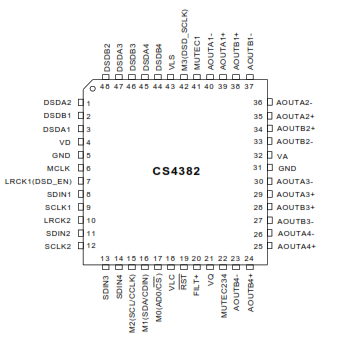ramachandra
100+ Head-Fier
- Joined
- Jan 5, 2012
- Posts
- 181
- Likes
- 30
Not off topic because this tings are often universal. You can use the ceramic for the main filter cap or on the VDD of the DAC chip, but under 0.1uF is certainly small to experience the benefit. On other locations I suggest to use the films. My experiments not long ago on external DACs suggest the 0.1uF is only the minimum recommended to use. One thing what the circuits minimum need for the stable operation and another how they produce the best sound for the user. If let say you add 1, 2.2 or even 4.7uF film on the DAC's analog power supply cap, you get a clearer high and mid-range based on the capacitance. The 0.1uF only enough to have an effect on the highest frequencies. The films have a more linear frequency response and will have an effect on the dynamic of the Elnas. If you love good sub-bass this may not a good investment, beyond 2.2uF. If the opposite is the goal you may need to go even further than 4.7uF. The cap I'm talking abut is probably a 47uF or more near the DAC chip. Expect similar outcome when apply on the OpAmps' cap(s) or to the voltage regulator.
You can create hybrids by using Nichicon ES on the ELNAs. They are not as good as the films but smaller in size with slightly different characteristic. The ES is not the top category from Nichicon still NP electrolytes have their special reputation for audio. As I see your cards are not short on Nichicon FG and all the bigger caps Silmic II, so you may do better with the film capacitors.
You can create hybrids by using Nichicon ES on the ELNAs. They are not as good as the films but smaller in size with slightly different characteristic. The ES is not the top category from Nichicon still NP electrolytes have their special reputation for audio. As I see your cards are not short on Nichicon FG and all the bigger caps Silmic II, so you may do better with the film capacitors.






















 And found out which are the caps for the DACs on the E.P.
And found out which are the caps for the DACs on the E.P.


